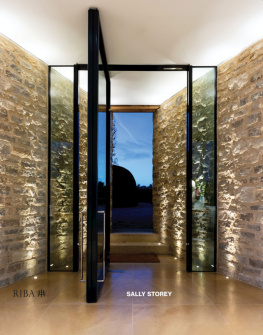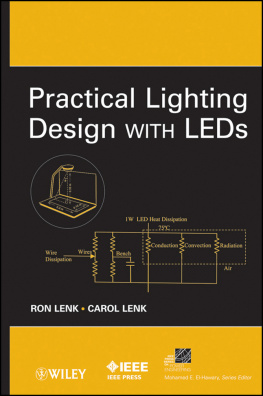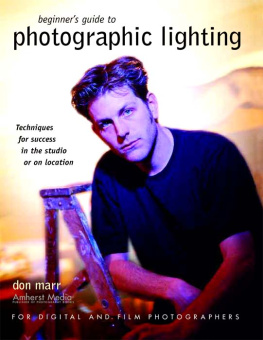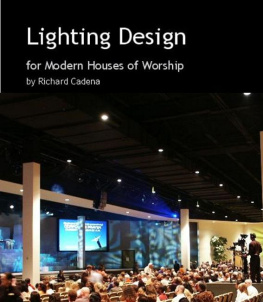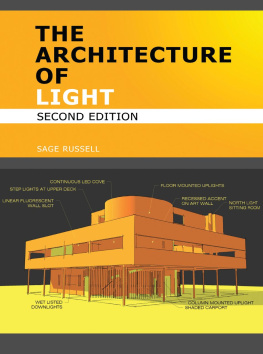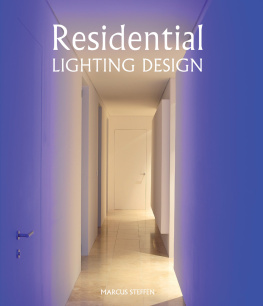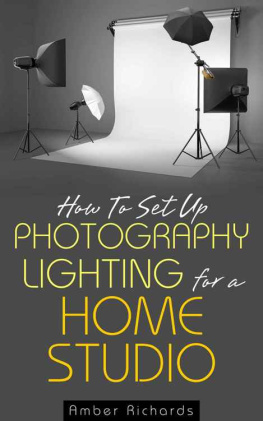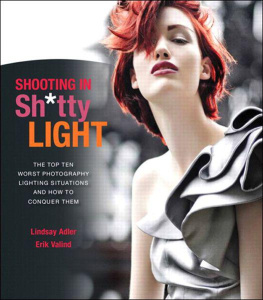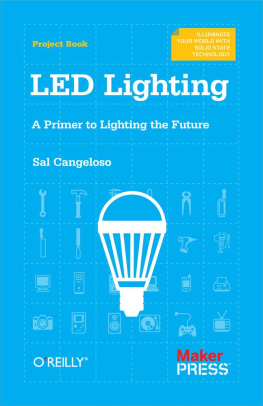
INSPIRED BY LIGHT
RIBA Publishing, 2022
Published by RIBA Publishing 66 Portland Place London W1B 1AD
ISBN 978-1-85946-905-7
The right of Sally Storey to be identified as the Author of this Work has been asserted in accordance with the Copyright, Designs and Patents Act 1988 sections 77 and 78.
All rights reserved. No part of this publication may be reproduced, stored in a retrieval system, or transmitted, in any form or by any means, electronic, mechanical, photocopying, recording or otherwise, without prior permission of the copyright owner.
British Library Cataloguing-in-Publication Data A catalogue record for this book is available from the British Library.
Commissioning Editor: Elizabeth Webster Assistant Editor: Clare Holloway Production: Jane Rogers Designed by CHK Design Printed and bound by Short Run Press Limited, Exeter Cover image: Interior Designer: Designers Guild Photographer: Breed Media. Architect: Stephen Marshall Architects
While every effort has been made to provide technical guidance, this information is only a guide. Regulations change and are different from country to country and must in all cases be checked locally. It is strongly advised that a qualified electrician is consulted for the installation of all light fixtures. Neither the author nor the publisher shall be liable for any claims.
www.ribapublishing.com
[printer to insert FSC logo here]
DOI: 10.4324/9781003108559
INSPIRED BY LIGHT
A DESIGN GUIDE TO TRANSFORMING THE HOME
SALLY STOREY
ACKNOWLEDGEMENTS
I am deeply grateful to everyone who has allowed me to use photographs of their houses without which this book would not have been possible. I would like to thank the architects and designers with whom I worked to achieve the wonderful results; they are the heroes and my work is to enhance their creations with light.
On a personal note, my thanks goes to Cara Salmon for her outstanding work, energy and enthusiasm in collating the image library and supporting me throughout. This book would not have been completed without the dedication and help of my personal assistant, Alice Berry, Sophie Pither's brilliant editorial support and the contribution of my husband Christopher Fordham.
ABOUT THE AUTHOR
Sally Storey, Founding Director of Lighting Design International and Creative Director of John Cullen Lighting, is one of the UK's leading lighting experts. Her extensive knowledge and experience have led to her travelling all over the world designing lighting schemes. She is the recipient of numerous industry awards and recently received worldwide recognition with the lifetime achievement award from LIT Awards based in Los Angeles.

TABLE OF CONTENTS
Guide
INTRODUCTION
The creative and technical art of lighting design may be relatively new, but appreciating light is as old as human existence. The play of sunlight on everything around us is a daily inspiration. Dappled sunlight through rippling leaves, rays glinting off raindrops, long shadows on a late afternoon, warming bright beams across polished floorboards - natural light affects our mood and visual appreciation of our surroundings. Modern lighting design re-creates drama in our living spaces, highlighting and illuminating and using a combination of light and shadow to enhance the architecture and appeal of our homes.
Theatre directors have long understood the potential for light to create atmosphere and engage an audience. Powerful combinations of light and shadow, tone and colour help create the mood for each set, directing our attention and playing with our expectations and emotions. This same appreciation and understanding can be applied to lighting architecture - traditional or contemporary - creating a dialogue between space and light, allowing an interior to be revealed or concealed as the day progresses. In our homes, we are the audience to our lighting design. Lighting designers make the theatre of light work both practically and aesthetically.
For centuries, ambience in interiors was created by the use of layered light - oil lamps or candles, torcheres on walls and firelight in the hearth. From the 19th century, gaslight created pools of atmospheric light in our streets and homes. The arrival of the tungsten filament bulb in the 1920s removed the subtlety of these layered sources. A tungsten pendant in the centre of the room often became the single light source, providing easy inexpensive and clean light. Flooding rooms with this even light came at a cost to ambience. The adoption of early energy-efficient tubular fluorescent lamps, with their flat, cold light, killed any remaining layered atmosphere in the home.
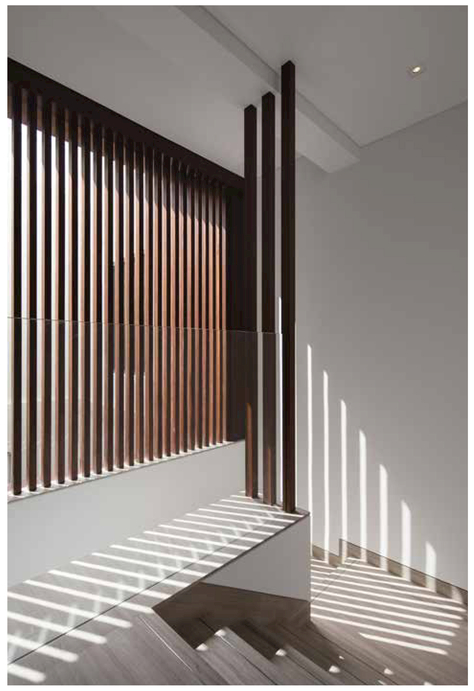
Shadows are as essential an element of lighting design as natural light. The screening on the window filters natural light; as the day progresses, so the shadows change.
The drive for energy efficiency was commendable, but the lighting was harsh, would flicker and was difficult to dim. The tide turned with the arrival of the tungsten halogen lamp in the late 1970s. At last, lighting designers had a miniature accent tool: the size of a halogen capsule was smaller than traditional tungsten sources. This allowed a smaller reflector to control the light, and a more subtle approach everywhere, from homes to hotels, restaurants and museums. Downlights and spotlights proliferated.
A leap forward for energy efficiency came in the 1990s with the white LED (light-emitting diode) light source. It gradually replaced tungsten halogen reflector lamps and ended the compact tungsten filament source of the traditional bulb. Unfortunately, these first LED light sources offered only a cool colour temperature with poor colour rendition. LED technology has now caught up, to provide a better spectrum of colour and light quality, and lenses to direct light. Today, these LEDs are the light source of choice, offering wonderful scope for lighting designers.
Think of a favourite south-facing room on a late summer's afternoon: light pooling on the floor, shadows coming and going, diffuse sunlight filtering through windows. The south-facing room has energy, whereas east-facing rooms, after morning and without artificial light, are shrouded in gloom. You will avoid them if you can, waiting until the following morning, when a new day brings warmth and light into these rooms. Few of us now rise with the sun and rest from dusk. However, we still reference the position of the sun throughout the day, knowing at an elemental level where we are in the diurnal round, and how its light and shade affect our surroundings and shape our emotions. Successful lighting creates homes which people can enjoy after daylight fades.
Our workplaces are lit at a cool light temperature, with a bright, uniform ambient level and little contrast. Conversely, we want our homes to have a more relaxed style. Lighting designers visualise how houses transition from dawn to dusk, supplementing and accenting through the day, until artificial light takes over entirely.
An architect, when designing a house, will visualise a project in three dimensions from the outset. The design will flow from the shape and structure of the space, the choice of materials and the role of natural light. The architect will consider natural light from windows, doors, skylights, apertures, glass walls and ceilings, which will in turn shape the visual appearance of the house, internally and externally.
Next page
